Which AI Image Tool Generates the Most Realistic Images?
Side-by-side comparisons of today's top tools.
👋 Hey, I’m Casandra. I share really good business ideas to help you start and grow a business. Become a Premium subscriber to access the full archive and Premium Perks like my one-on-one help.
The world is seeing a massive influx of AI-generated images, most of which sit in the uncanny valley. They look…off.
The uncanny valley describes the phenomenon where human-like objects elicit feelings of unease or revulsion as they become very close to, but not perfectly, resembling actual humans.

But the technology for creating realistic, photography-style images has improved rapidly over the last year.
I put the top tools—such as Gemini, Midjourney, and ChatGPT—through a creative obstacle course of real-world prompts, including photorealistic portraits, images with text, modern product photography, city street scenes, fashion editorials, and even iconic natural landscapes. The results? Some were stunning. Others… not so much.
This side-by-side comparison reveals what these tools really get right—and where they still fall apart. Plus, I’ll share my choice for best overall product at the end!
AI Image Generation Tools Overview
I decided to compare the three leading image generation tools, plus one under-the-radar tool that you might not know about.
Gemini 2.5 Flash Image (“Nano Banana”)
Google’s LLM, Gemini, made major strides in image generation with the release of Gemini 2.5 Flash Image, nicknamed “Nano Banana,” in August 2025. This new model brings significant improvements in visual consistency and prompt understanding, but the biggest upgrade is that it now supports natural language editing and offers one of the most intuitive workflows on the market.⁵
Editing: Supports detailed edits, such as changing objects, backgrounds, and even merging images through natural language prompts.
Price: Free for 100 images daily.
Midjourney Version 7
Midjourney has been one of the top AI image generation tools for years, and its latest release, Version 7 (V7), launched in April 2025, continues to push the boundaries of what is possible. While it can produce highly realistic results with the right prompts, it truly shines when generating artistic, surreal, or fantastical imagery.
V7 includes a new personalization feature that asks you to choose your preferred image from 200 pairs to tailor the model to your taste. For this test, I customized my model by consistently selecting the most realistic option.
Note: Midjourney generates four images to choose from for each prompt.
Editing: Offers inpainting, region-based edits, pan and zoom, style retexturing, and a layer-based editor with tools like erase, restore, and prompt remix.
Price: Starts a $10/month
ChatGPT‑5
ChatGPT’s newest model, GPT‑5, includes upgraded image generation capabilities built on the gpt-image-1 foundation. While it still uses prompt-based generation, the editing experience is now much more interactive: users can click directly on images to modify specific areas or describe detailed changes in natural language.
Editing: Images can be edited by selecting parts of the image or prompting for targeted changes.
Price: $20/month for ChatGPT Plus
Substack Image Generation
Many don’t realize that you can generate images directly in Substack. While it’s not exactly touted as a leading image generation model, it is incredibly convenient for publishers to use, so I’ve included it in the comparisons.
Note: Substack generates four images to choose from for each prompt.
Editing: No editing features. New images can be generated through prompt refinement.
Price: Free if you have a Substack publication.
Challenge #1: Realistic Human Portrait
🪄 Prompt: A close-up portrait of a woman in natural light, freckles, soft-focus background, photorealistic, 35mm lens, shallow depth of field.
🧠 Tests: Human features, realism, skin texture, lighting, and eye rendering.
👀 Results: ChatGPT looks the most realistic, but the Midjourney images are quite good, too. The Gemini image looks close, but a bit too smooth. The Substack images definitely look rendered.
Gemini 2.5 Flash Image
Midjourney Version 7
ChatGPT‑5
Substack Image Generation
Choose the Winner
Challenge #2: Images With Text
🪄 Prompt: A vintage book cover with the title ‘The Electric Forest’, stylized type, floral borders, aged paper texture, Art Nouveau style.
🧠 Tests: Ability to render actual legible and stylistic text.
👀 Results: Gemini, ChatGPT, and Midjourney were all able to render the title correctly on a realistic-looking book cover. Substack also handled the text quite well, but it’s not really a realistic-looking book cover.
Gemini 2.5 Flash Image
Midjourney Version 7
ChatGPT‑5
Substack Image Generation
Choose the Winner
Challenge #3: Fashion Editorial
🪄 Prompt: A high-fashion editorial photo of a model in an avant-garde pink lace gown, standing on a sailboat at sunset, cinematic lighting, Vogue-style.
🧠 Tests: Fabric rendering, fine details, hands, composition, aesthetics.
👀 Results: This one is a bit subjective. The ChatGPT, Midjourney, and Gemini images all look like realistic, highly Photoshopped fashion editorials, but (IMHO) the Substack dresses are much more stylish.
Gemini 2.5 Flash Image
Midjourney Version 7
ChatGPT‑5
Substack Image Generation
Choose the Winner
Challenge #4: Product Shot
🪄 Prompt: Product shot of a cappuccino, bright solid color background, bright lighting similar to contemporary direct to consumer brands.
🧠 Tests: Cleanliness, shadow quality, product geometry, photorealism.
👀 Results: The ChatGPT image looks like what you would see on a modern product page with simple latte art and a crisp, clean background. The Gemini image looks good, too, but the coffee beans hovering on top of the foam are strange. The Midjourney images look good, but more like a bad Instagram photo than a crisp product shot. The Substack images just look kooky.
Gemini 2.5 Flash Image
Midjourney Version 7
ChatGPT‑5
Substack Image Generation
Choose the Winner
Challenge #5: Street Scene
🪄 Prompt: A rainy Tokyo street at night, neon signs, reflections in puddles, people with umbrellas, cinematic atmosphere, cyberpunk style.
🧠 Tests: Reflections, color grading, urban realism, crowd rendering.
👀 Results: The Midjourney images look like lower-quality but realistic photos. The Gemini image chose an unrealistic color scheme, while the ChatGPT image struggled with the “P” on the Panasonic sign, but both have a menacing vibe from the unnatural orientation of the people with umbrellas. The Substack images look cartoonish.
PS. If anyone can read Japanese, I’d love to know how accurate the signs are!
Gemini 2.5 Flash Image
Midjourney Version 7
ChatGPT‑5
Substack Image Generation
Choose the Winner
Challenge #6: Complex Object Interaction
🪄 Prompt: A child holding a glass orb with a tiny galaxy inside, light reflections on the orb, accurate hand anatomy, shallow depth of field.
🧠 Tests: Hand-object interaction, transparency, reflections, small-scale realism.
👀 Results: Gemini and ChatGPT handle the interaction between the hand and the orb well. The orbs in the MidJourney images look like they’re floating rather than being held, but the hand detail is quite good. As usual, the Substack images look kind of kooky.
Gemini 2.5 Flash Image
Midjourney Version 7
ChatGPT‑5
Substack
Challenge #7: Natural Landscape
🪄 Prompt: Yosemite Valley with El Capitan and Half Dome visible in the distance, early morning fog, golden sunrise light casting long shadows, realistic National Geographic-style photo.
🧠 Tests: Landmark accuracy, depth, lighting, composition.
👀 Results: The ChatGPT and Midjourney images look quite nice and fairly realistic to me. Although nice, the Gemini and Substack images both look way too smooth to be realistic.
Gemini 2.5 Flash Image
Midjourney Version 7
ChatGPT‑5
Substack Image Generation
Final Verdict
Overall Winner: ChatGPT-4o is the clear winner, if you’re willing to pay.
ChatGPT clearly came out on top. Besides the strange Panasonic sign in the street scene, every image it generated was quite good and directly addressed the prompt.
That said, Midjourney has really upped its game with V7, and with more options for refining and editing images, it can sometimes be easier to create exactly what you need with Midjourney.
Free Tool Winner: Go with Gemini if you don’t want to pay.
Gemini's images were consistently strong, and with detailed editing now available, it definitely offers the most customization.
I’d love to hear about your experience with AI image generation! Do you have a preferred tool? Are there any tips and tricks you’re willing to share? Did you find any more flaws in the photos I presented that I missed?
To endless possibilities,
Casandra





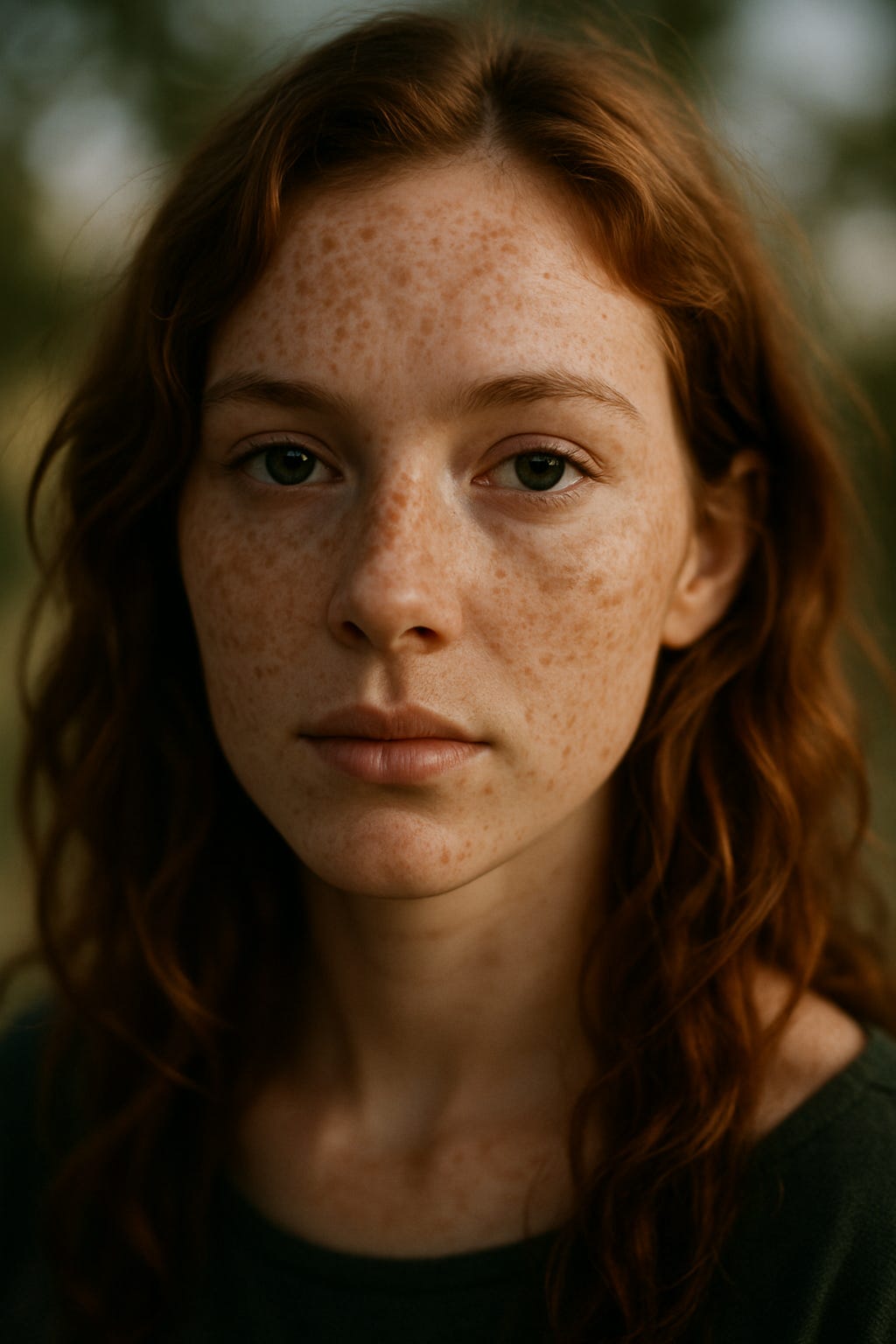




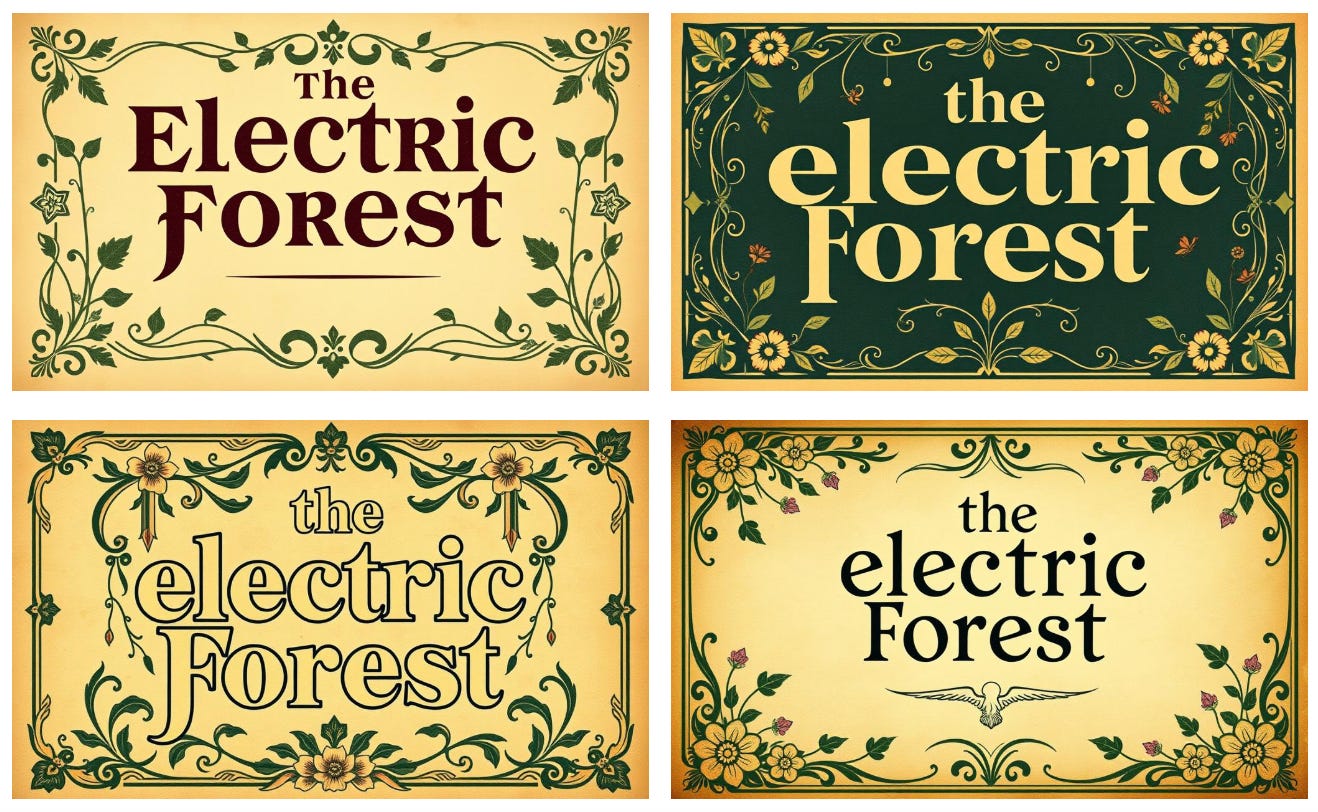
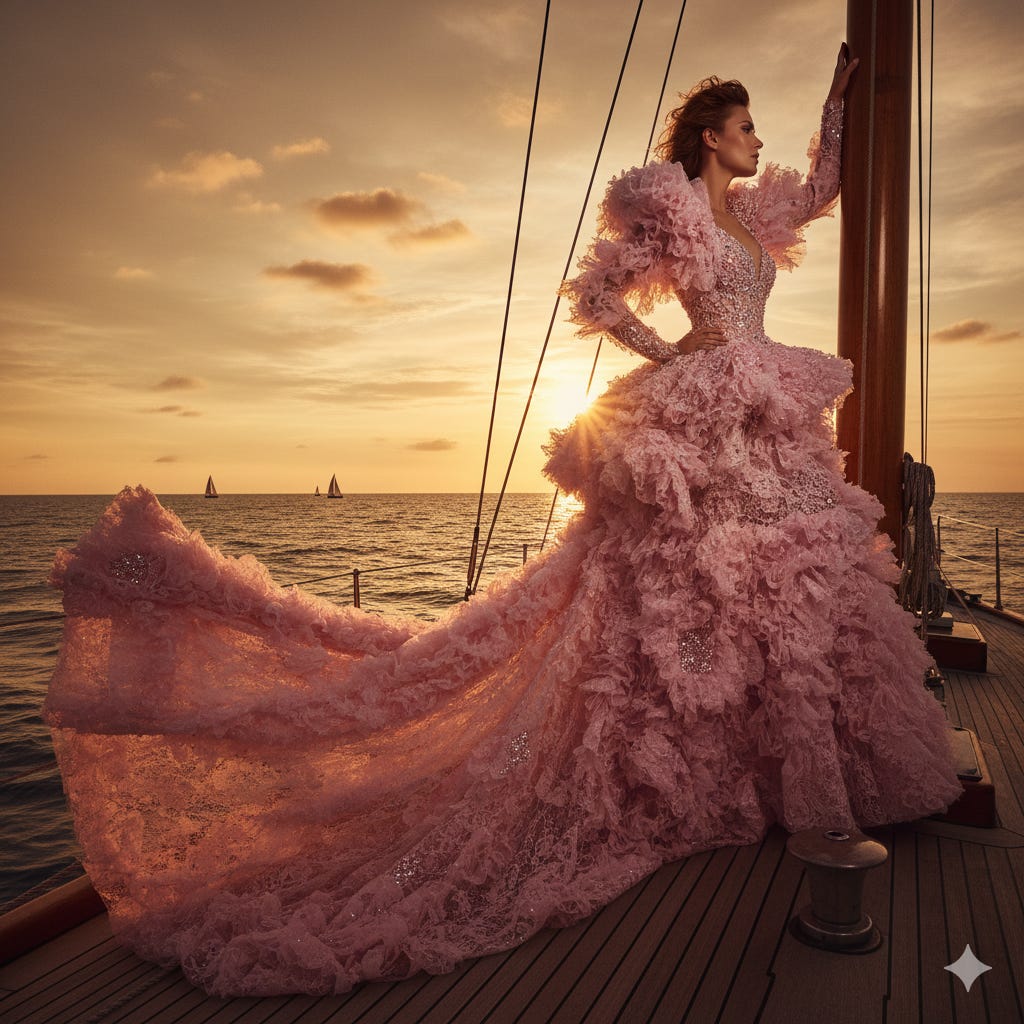

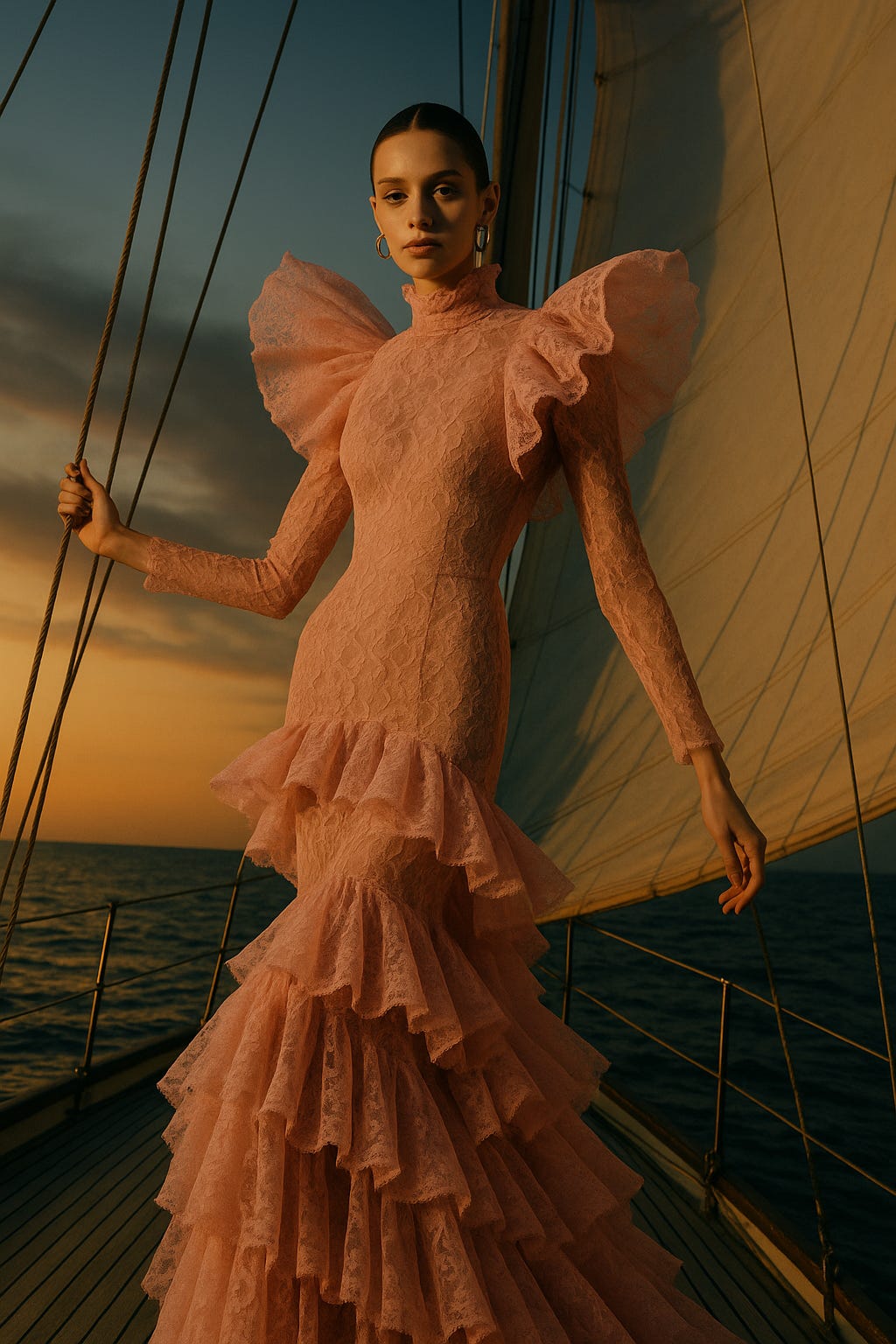

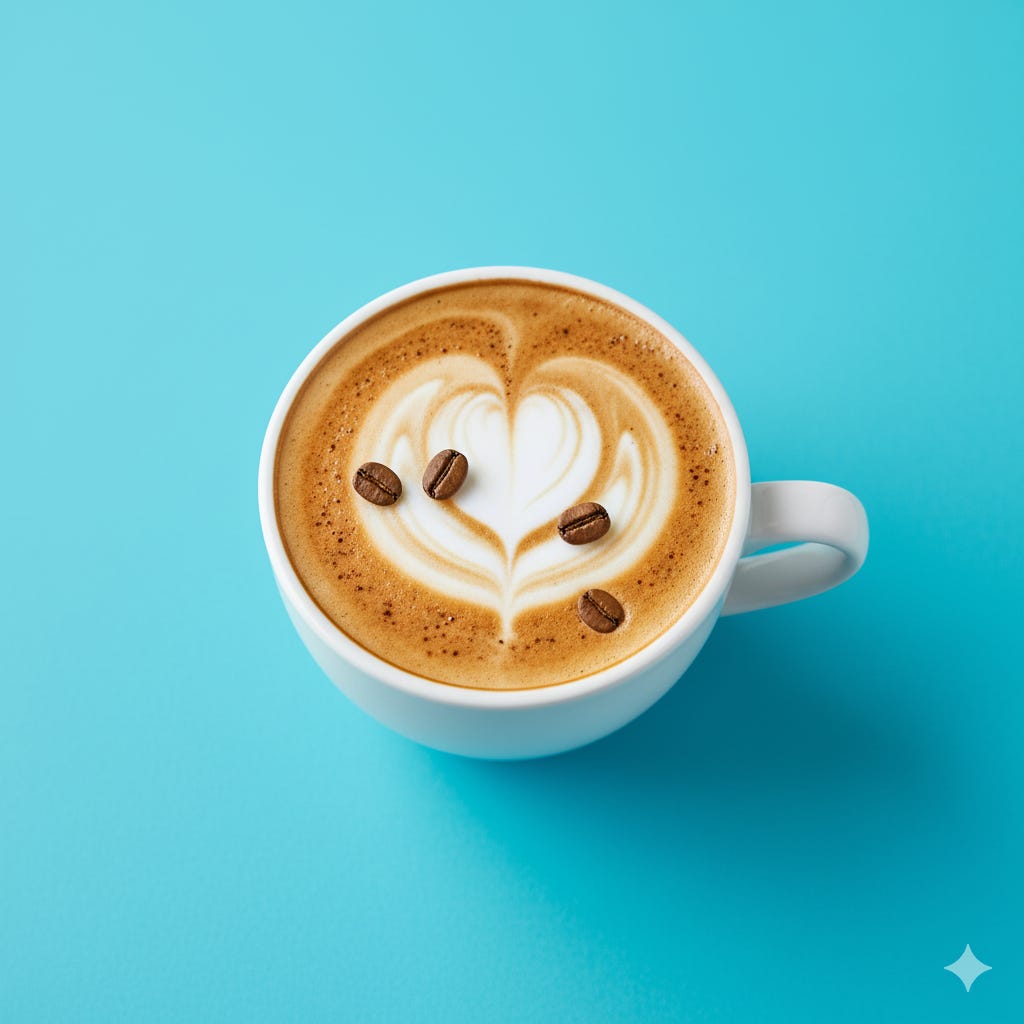

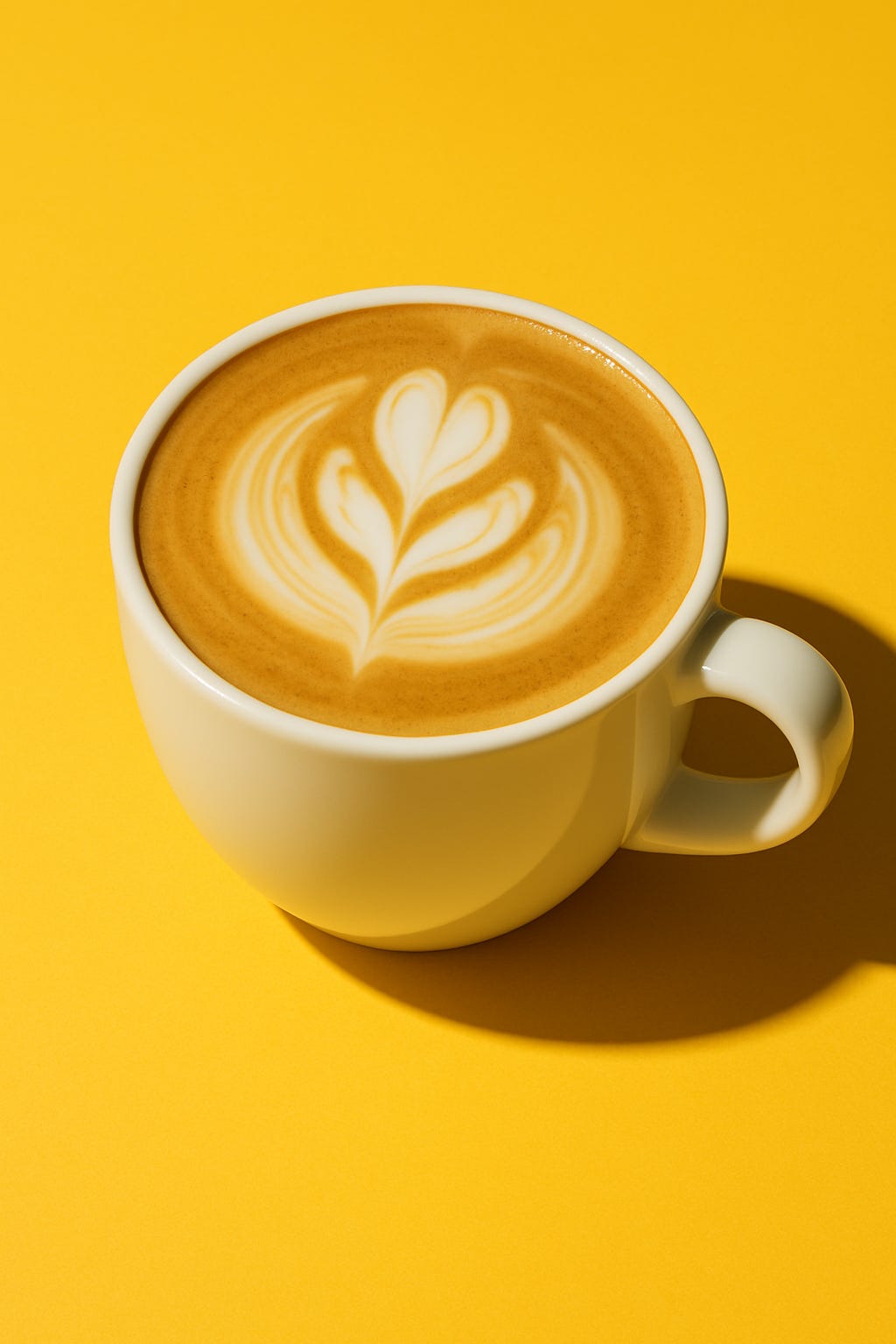
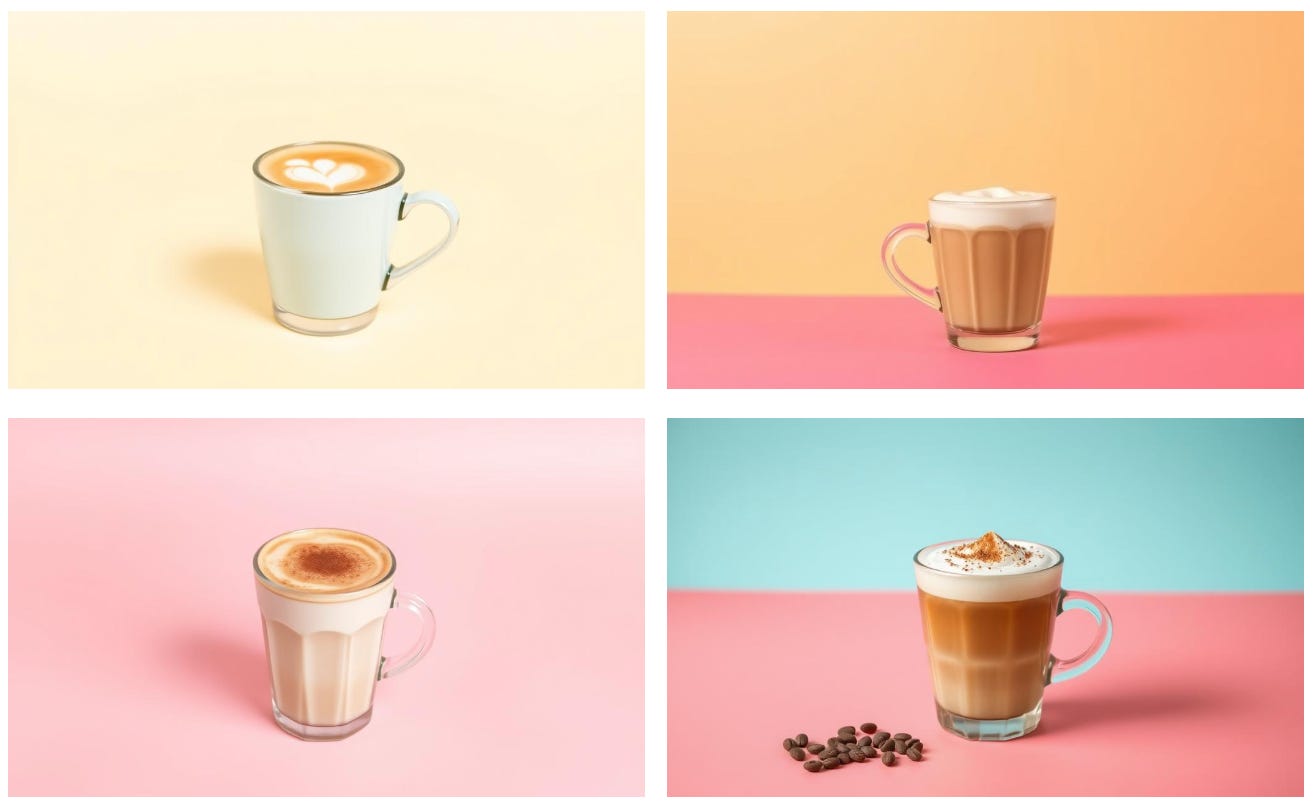
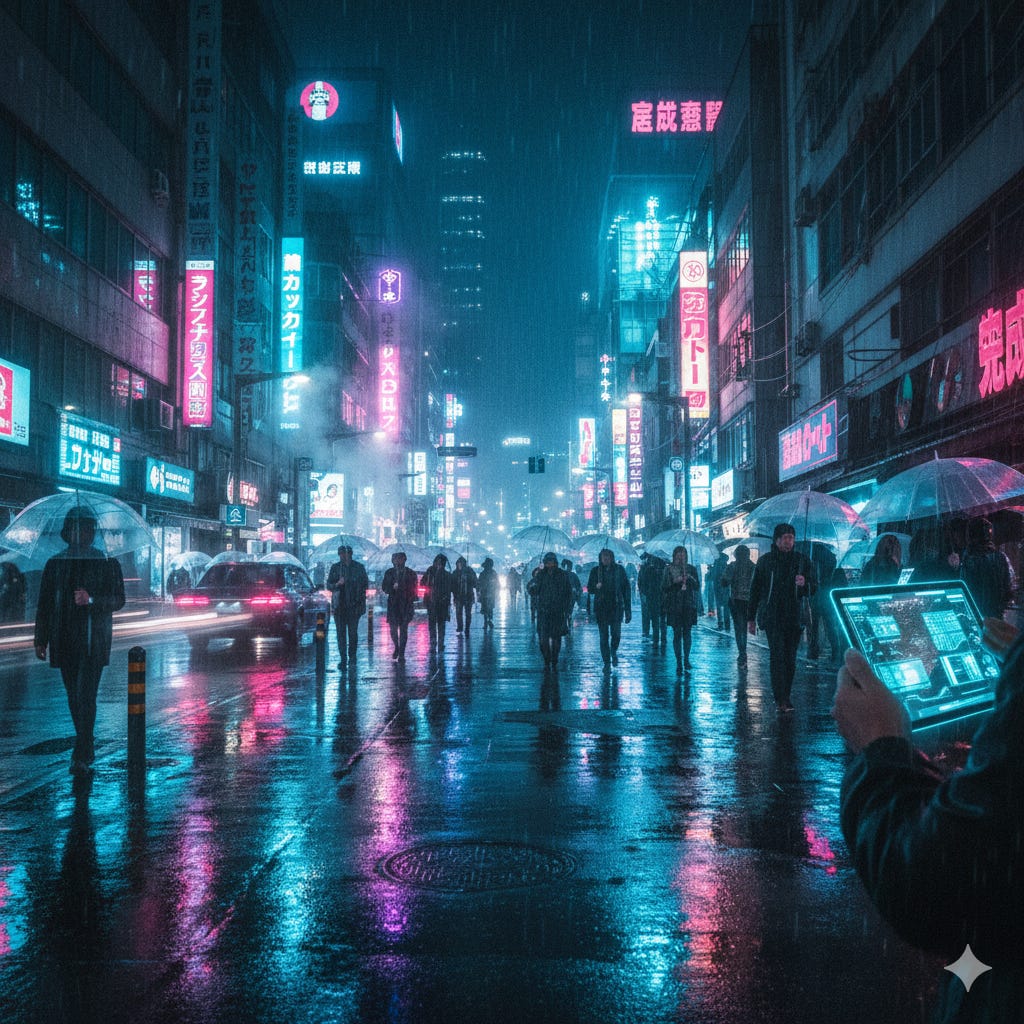

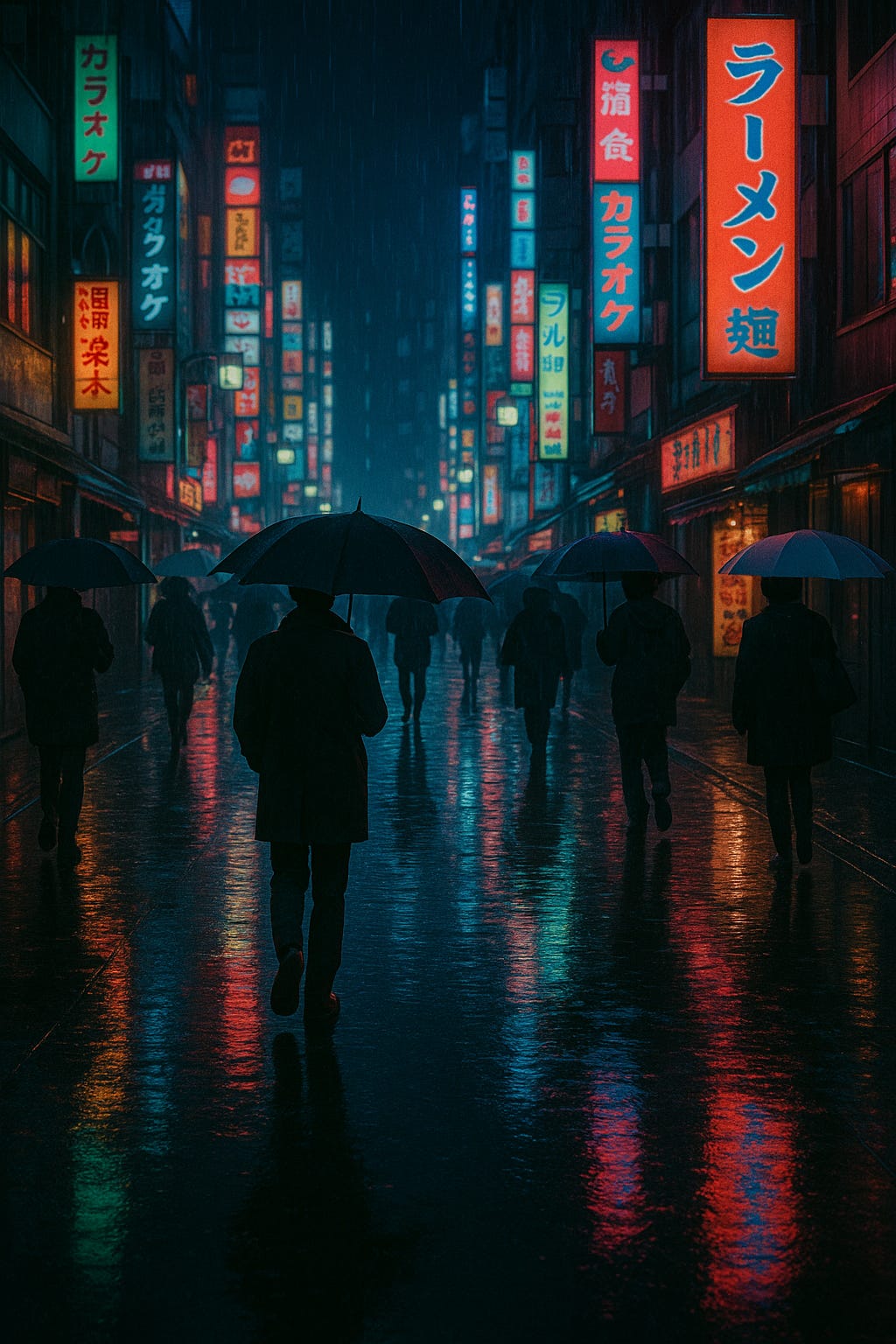

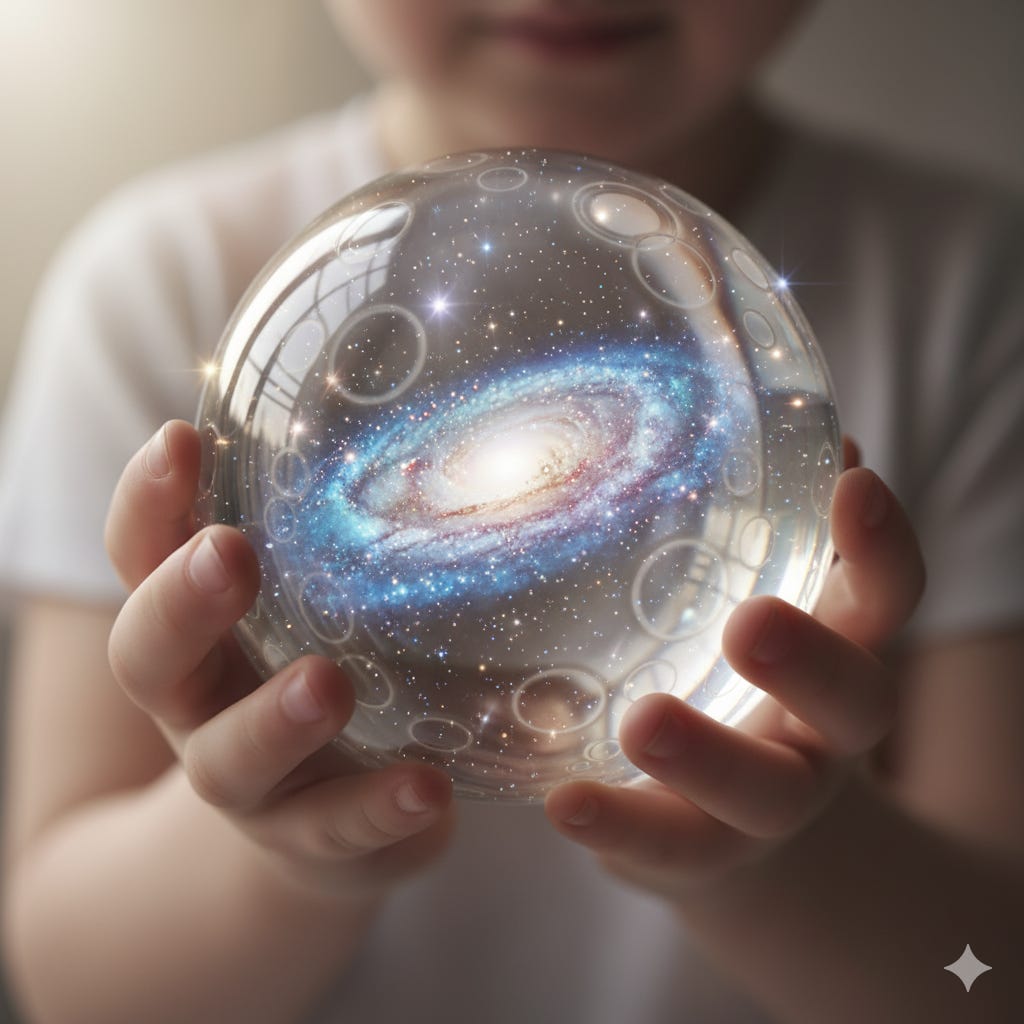


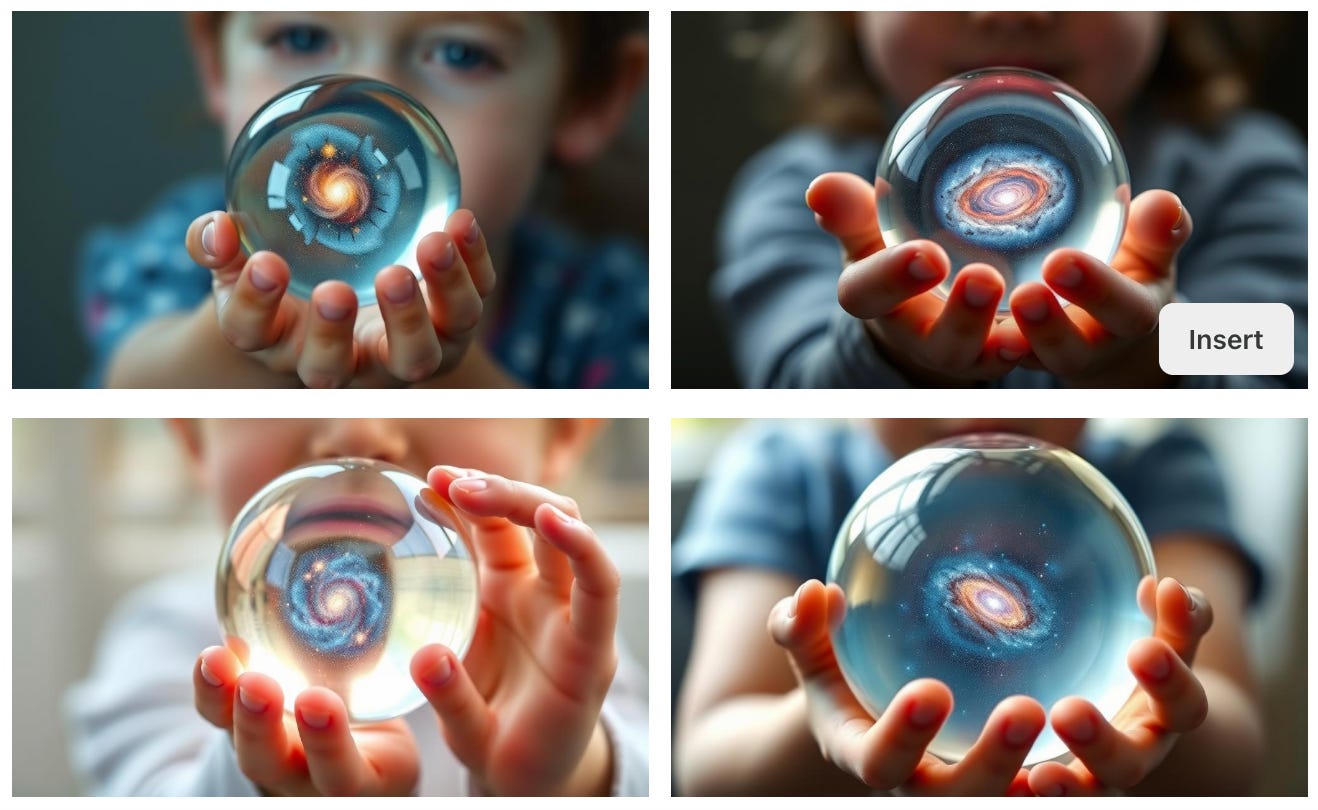
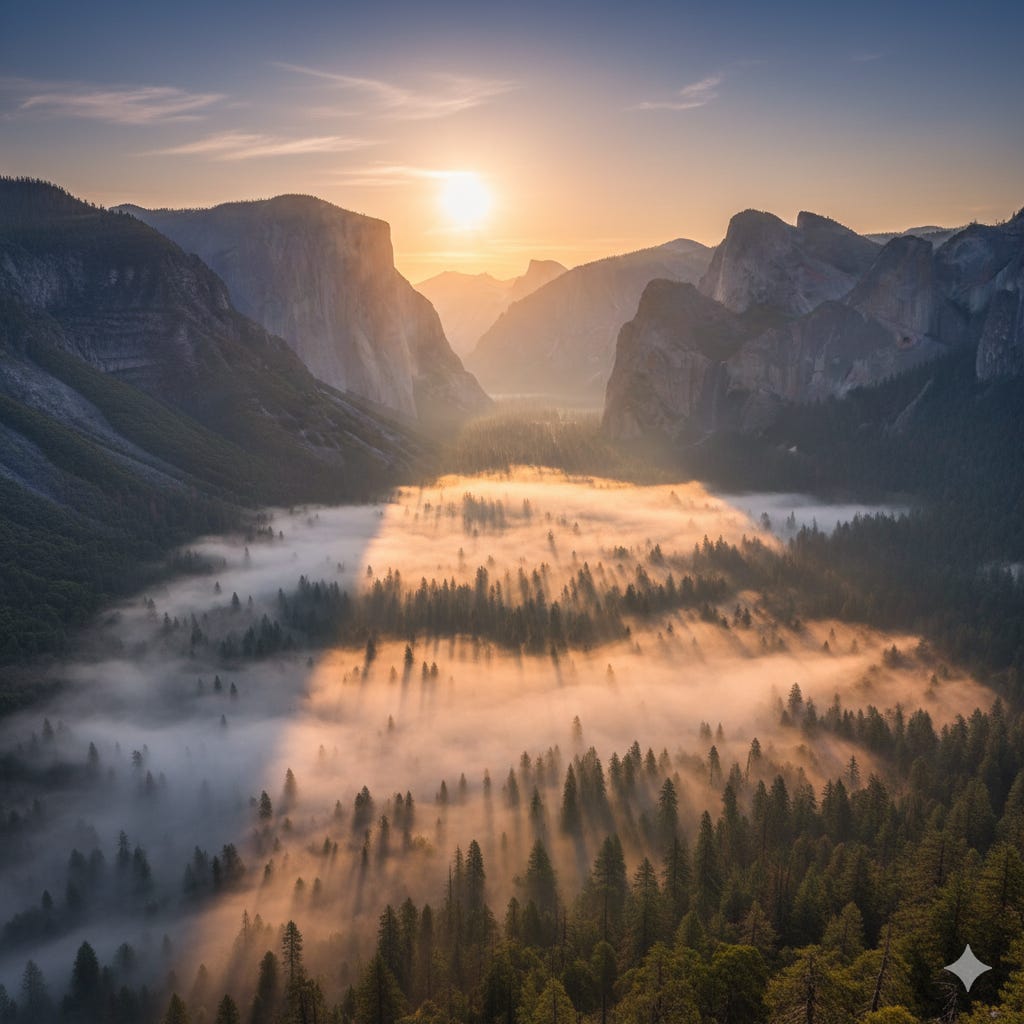





The one you shoot your self with your own camera / Phone.
The “Japanese” in all the images is definitely off! Some bits are okay but others are made up letters or gibberish words.